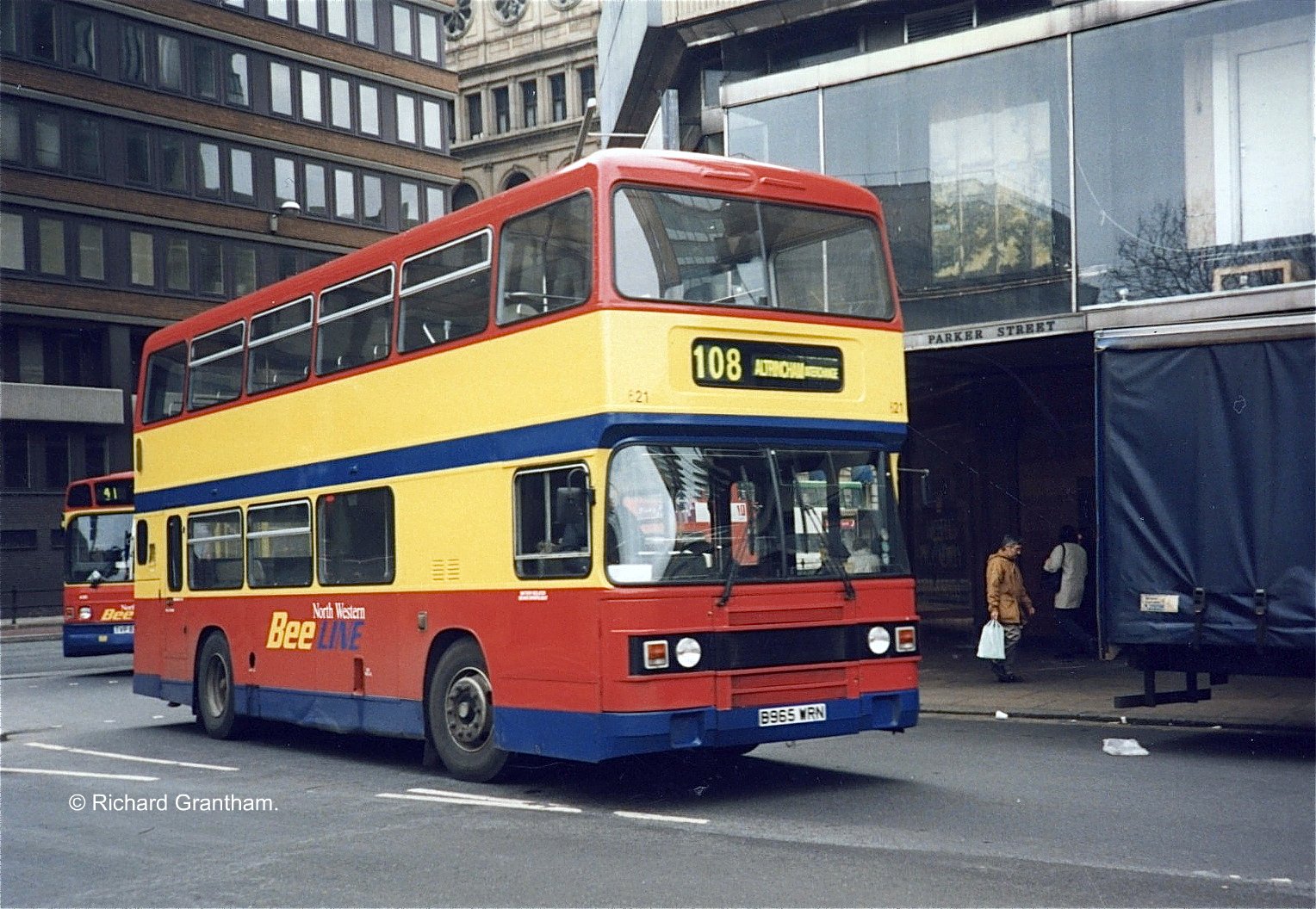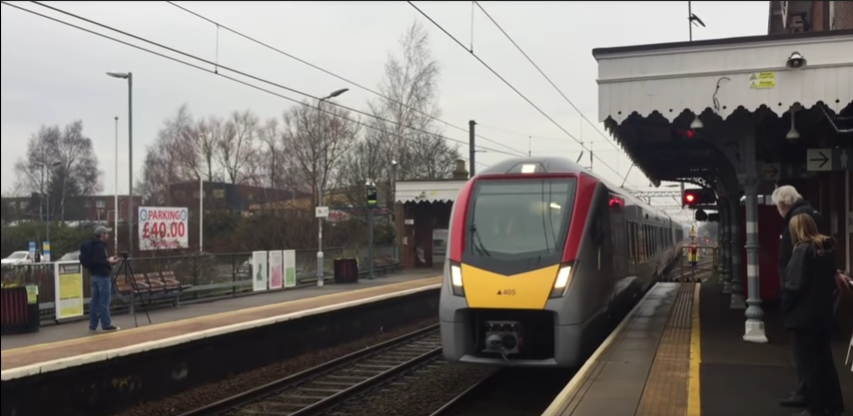Following a trail blazed by so-called Challenger Banks in the financial sector, Bournemouth-based Passenger is advancing its transport mobile apps to include contactless journey information, in a technology convergence that will force customers to look at the humble bus in a whole new light.
Technology is moving quicker than ever before in all aspects of life. In contrast, our roads are clogged with traffic and its users are subjected to a never-ending programme of repairs and so-called improvements.
A modern public transport network is the solution. But we are relying on those at the wheel to effectively embrace new technologies before they are driven off the road by the type of disruption that comes from those transport companies built from the ground up on software itself.
The rise and rise of contactless payments is not to be sniffed at. According to the UK Cards Association, the total number of contactless cards has already reached 99 million – and that number is growing at a staggering rate of 2.1% month by month.
In 2014, contactless card payments were launched on London’s transport system, so visitors could pay for tube, bus and tram fares – simply by tapping their debit or credit card.

In what is likely to be the biggest single customer experience enhancement on buses in decades, the industry is busy rolling out contactless payment technology to its fleets. As part of this sea change in the attractiveness of catching the bus, one UK-based technology up-start is developing mobile technology that aims to take the contactless experience to the next level by integrating it with apps.
Thanks to recent regulatory changes in banking, the stranglehold of long-established financial institutions is being eroded by nimble, software-powered FinTech companies fuelled by Venture Capital. Described as ‘Challenger Banks’, the likes of Monzo (formerly Mondo, until a lawsuit was threatened), Revolut and Monese have put “mobile first” and our penchant for smartphone apps at the very heart of their battle plans.
Key to those strategies is the interplay between their contactless payment cards and mobile apps, which provide a real time window into an account and its transactions. Tap a card to pay for something in store, and instantly receive a notification to your smartphone. All the transaction and retailer information right there, in real-time, making personal finances easier to manage than ever before.
Now think about the same idea applied to public transport: What if you could jump aboard a bus, tap the same card you use in the shops, then take a seat and monitor your travel ‘account’ transactions in the same way? As we do in-store, if it’s easier to buy a product and yet feel in control of the purchase, then it’s highly likely we’ll do it again, and again.
For those that don’t even think of catching a bus or see it as a last resort, this combination of familiar technologies might be the leap forward that jumpstarts a behaviour shift. Removing the barriers to entry (unknown fares and driver-customer interaction) might even propel the humble bus to significant relevance for a generation that isn’t interested in car ownership, yet is hooked on the convenience of smartphone technology.
Place this contactless journey information alongside the existing utility tools of journey planning, real-time information, vehicle location monitoring and disruption messaging, and even some new ones like a button that can request a bus to stop and pick you up, and you start to see a vision of the future where mass transit becomes the sustainable and desirable travel alternative.
Augmenting the new on-bus contactless systems to provide a customer experience that just works isn’t the only objective here either. In simplifying the experience for the customer, the industry is forsaking its data about them. No longer will operators have a clear picture of ridership demographics, or be able to promote to well-defined customer segments. Whether intentionally or not, the promised rise in patronage is seemingly a big enough payoff, that customer data is worth the sacrifice.
Mobile apps are already, and will, fill those data gaps. By providing the customer with the efficiency fix that only smartphone technology can afford them, we’re also able to rebuild the profile information that we’d be giving up in the name of happier, more abundant customers.
Combining contactless payment with mobile provides a unique opportunity to give the customer the service that they seek without creating an army of anonymous customers.
Mobile devices can also augment data returned to the contactless back office (Account Based Back Office Ticketing, ABBOT) too, so rather than the customer having to tap out on a second compliant contactless reader, the device could provide a virtual ‘tap out’ based on the device location and proximity to the bus network.
This could help to lessen the need for a simple flat-fare structure, which is likely to be impossible to implement in large geographical areas with inter-urban routes.
But for now, the future of bus travel is in the convergence of those familiar consumer technologies: contactless payment and smartphones apps. A Contactless Portal, providing journey information while on the journey itself, will hand power simultaneously back to both the customer and the operator.
If you’re interested in the work Passenger is doing in this area, please get in touch.



